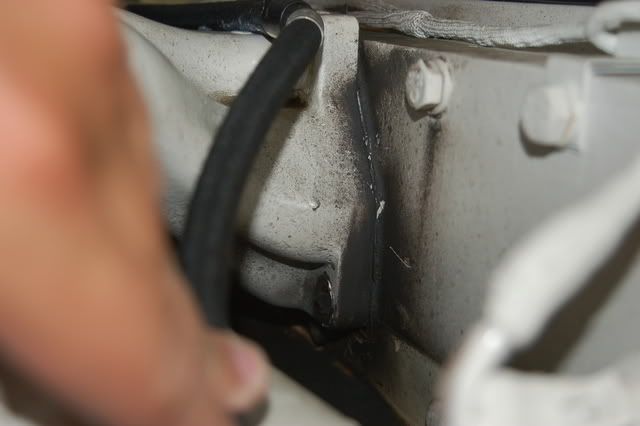On my way back from toting my wife and her girlfriends around, I noticed that the port engine was slow to spool up compared to the starboard. The engines ran fine and I got them up to WOT specs after about an hour running them (just for a few minutes though). However, the slower spool up still exists even after restarting the engines. I went down in the engine room today and one of the bolts on the port engine intake, between the after cooler and the head, is missing a bolt. There are now 3 bolts instead of 4 and there is obvious gas blowing by this connection now. What is puzzling is that the blow-by on the head is black. I'm not sure if that is from the intake air or from the gasket/seal (if there is one) blowing apart. I'll post some pictures but I have to go buy a new camera first (don't ask). I'm wondering if I can just put a new bolt in for the rest of the season (2 months) or if I'm hosed and have to pull the after cooler off… again… I have a feeling I'm hosed.
I'm trying to find a way to blame this on someone... suggestions welcome.
I'm trying to find a way to blame this on someone... suggestions welcome.










